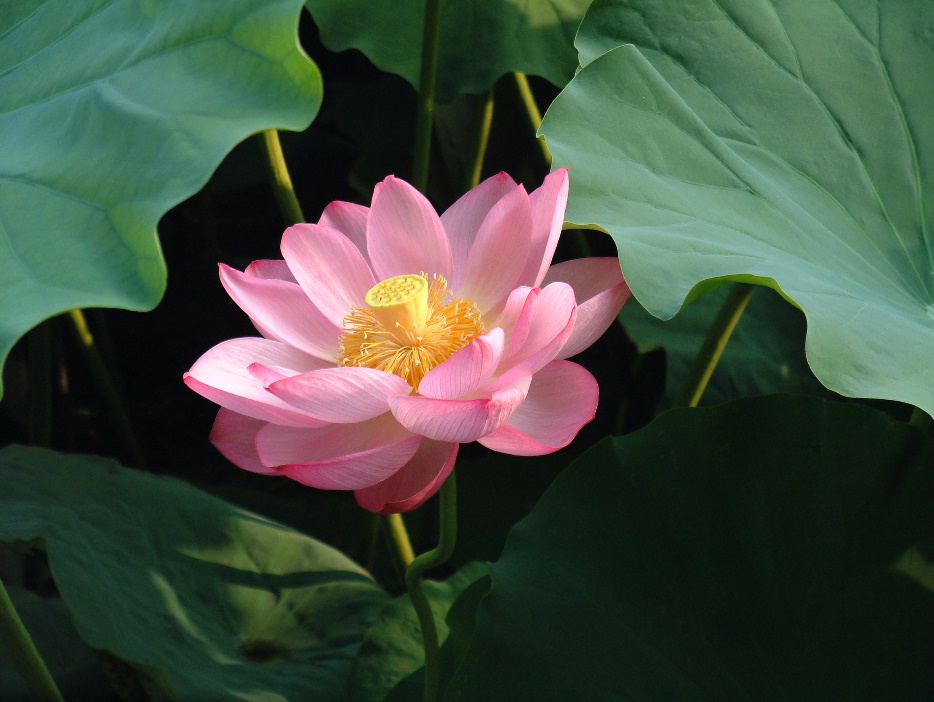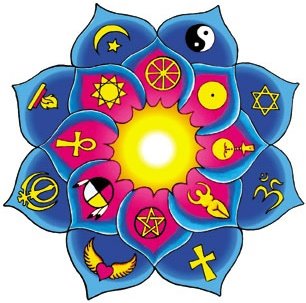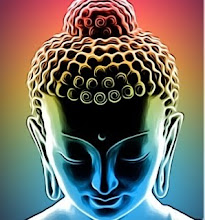then you may find
peace of mind is waiting there
And the time will come
when you see we're all one
and life flows on within you and without you
The Beatles
Musings, Poetry, Politics & Buddhism





"Move beyond any attachment to names."
Every war and every conflict between human beings has happened because of some disagreement about names.
It's such an unnecessary foolishness, because just beyond the arguing there's a long table of companionship, set and waiting for us to sit down.
What is praised is one, so the praise is one too, many jugs being poured into a huge basin.
All religions, all this singing, one song.
Mawlānā Jalāl ad-Dīn Muhammad Rūmī (1207—1273)







I think too many non-Buddhists hear the word "suffering" and immediately think that Buddhism is pessimistic and bleak. Perhaps by using a different, less negatively connotative terminology we can give English-speaking Westerners a clearer picture of the Four Noble Truths.
Or perhaps it is better not to translate dukkha into a single word and instead to try and define it contextually.
Namaste.





ALEXANDRIA, Va. - Al-Qaida conspirator Zacarias Moussaoui escaped the death penalty Wednesday as a jury decided he deserved life in prison instead for his role in the bloodiest terrorist attack in U.S. history. “America, you lost,” Moussaoui taunted.
After seven days of deliberation, the nine men and three women rebuffed the government’s appeal for death for the only person charged in this country in the four suicide jetliner hijackings that killed nearly 3,000 people on Sept. 11, 2001.
Three jurors said Moussaoui had only limited knowledge of the Sept. 11 plot, and three described his role in the attacks as minor, if he had any role at all.
 These crab cakes are baked, not fried, and so are quite healthy, low in fat and high in protein.
These crab cakes are baked, not fried, and so are quite healthy, low in fat and high in protein.

"Then the righteous will answer him, 'Lord, when did we see you hungry and feed you, or thirsty and give you something to drink? When did we see you a stranger and invite you in, or needing clothes and clothe you? When did we see you sick or in prison and go to visit you?'
"The King will reply, 'I tell you the truth, whatever you did for one of the least of these brothers of mine, you did for me.'" (Matthew 25)









